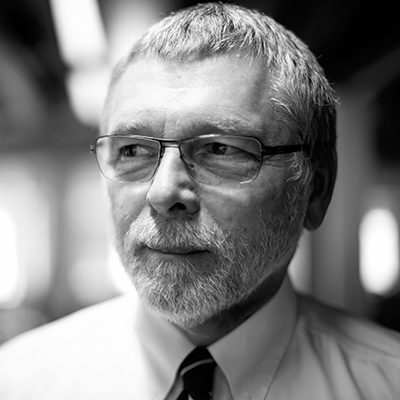
Source: Wikimedia Commons, Public Domain
This Saturday, June 28 is the 100th anniversary of the assassination of Archduke Franz Ferdinand of Austria, widely recognized as the tipping point that initiated World War One. If you are curious in how the war began, I strongly recommend reading The Guns of August by Barbara W. Tuchman, which is particularly eye opening. But why be interested you might ask. Wasn’t World War Two the one that really counted, after all no one really won the first one; trench warfare fought to a stalemate, with Germany crying ‘uncle’ first. But the Great War, the war to end all wars, besides being a massive waste of life and limb, propelled a social revolution in art and design.
There were early revolutionary art movements just prior to the war in Europe (particularly Vienna) that were just starting to turn the art world on its head. For example, Adolf Loos’ book Ornament & Crime published in 1913, “The evolution of culture marches with the elimination of ornament from useful objects,” understandable when studying his exteriors, puzzling when viewing his interiors. And of course, the secession artists Gustav Klimt, and Edvard Munch, just to name two familiar artists, were accused of creating ‘degenerate art’ by many. In the music world Igor Stravinsky’s The Rite of Spring with original choreography by Vaslav Nijinsky caused a near riot at its premier in Paris in May of 1913. Check out the movie Coco Chanel & Igor Stravinsky for a recreation of this Paris Premier, the premier was amazing … the movie not so much. All this to say; there was a lot happening artistically immediately before the war began. One can argue that the war, just like the assassination of the Duke, tipped the world into a new design aesthetic. The Dada movement was in direct response to the horrors of the war. De Stijl and Constructivism were also born during this period.
The horror of the battle field and the gross incompetence of the political and military leaders lead to a massive rejection of the status quo, not just by artists but by almost everyone. The Battle of the Somme between July 1 and November 18, 1916 saw over one million killed or wounded. Part of the French Army went on strike in 1917, as a protest to their lack of faith in the military leadership. The crowd from Downton Abbey was out and the socialists were in. Not only was the political landscape changed, the Russian Revolution of 1917 occurred, society changed and a new design aesthetic rejected the styles of the past. Modernism, which can be traced back to the beginning of the 20th century, was developed between the wars; the Bauhaus was opened in 1919 right after the war and was ultimately imported to the US. Erich Mendelson, Walter Gropius, Mies van der Roche and Schinder, to name a few, all worked in Europe between the wars before being chased out by that other product of World War One … that failed artist from Austria with an odd mustache.
From a personal perspective, as a young boy growing up in England, my grandfather used to tell me humorous tails of his exploits in France during the war, driving supply lorries back and forth to the front. All this was a grand adventure for a small town lad who had never left the town he was born in until the war. Though he had fond memories of a French field hospital, he never did mention how or where he got wounded. He never mentioned anything that upsetting but did elude to lost comrades. In the end, it was all rather mysterious to me and probably the instigator for my interest all these years later – my personal connection to a generation that saw one of the most futile wars in modern time; the war that did not end all wars.
As we move into the next four years of anniversaries of the Great War, you might want to take a little time to better understand the immense changes that were happening at the time. It was far more complex than just the trenches, chances are you will discover many things you had no idea about. If you only check out one thing about the war, look up Norman Wilkinson and “Dazzle Painting” … Pop Art meets the Royal Navy!
Four years of technology and art intertwined in an unimaginable series of catastrophic events that changed the world forever including ejection of the status quo that gave us the modern design movement.
Dazzle camouflage photographs are in the public domain, provided via Wikipedia Commons.


